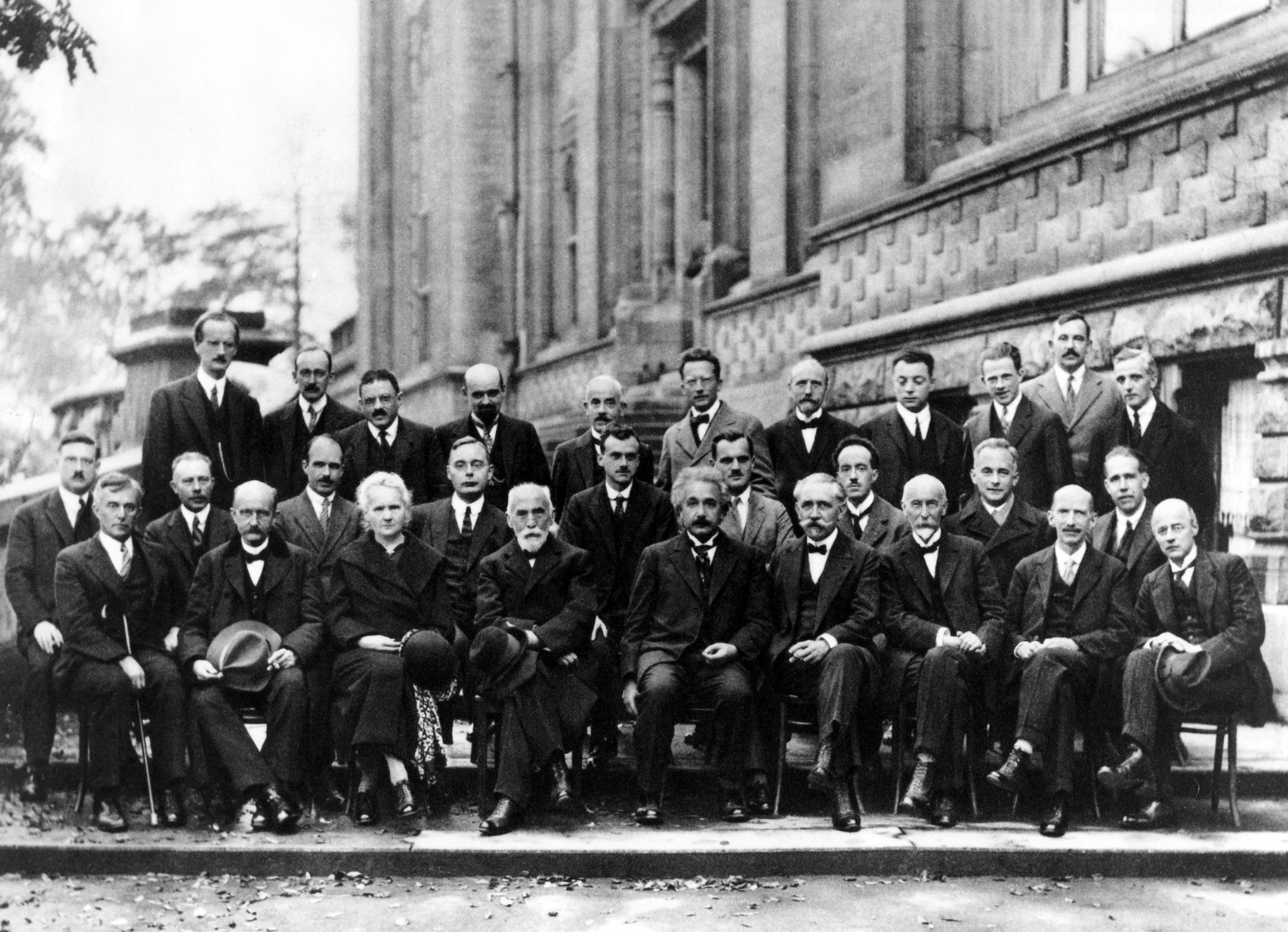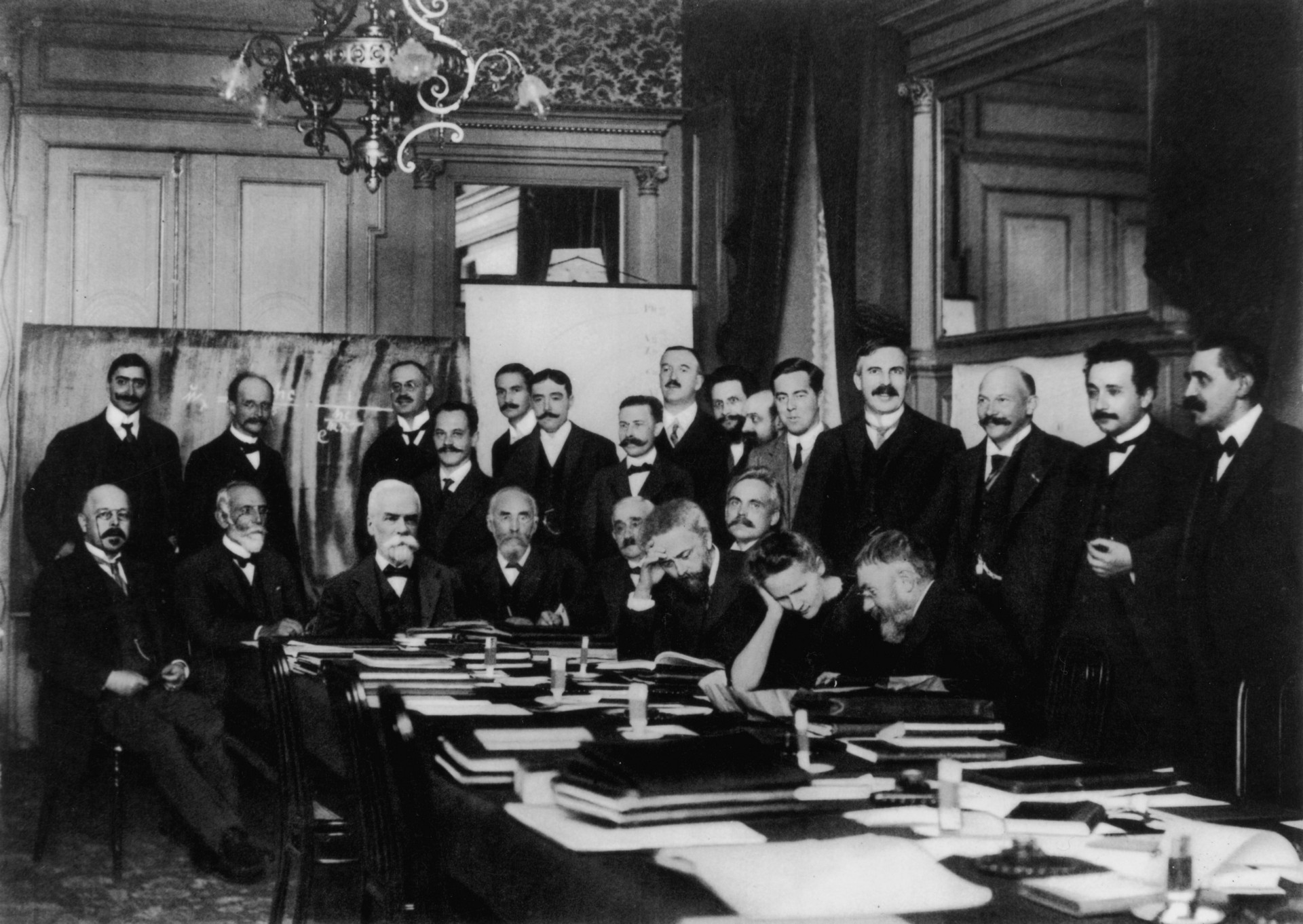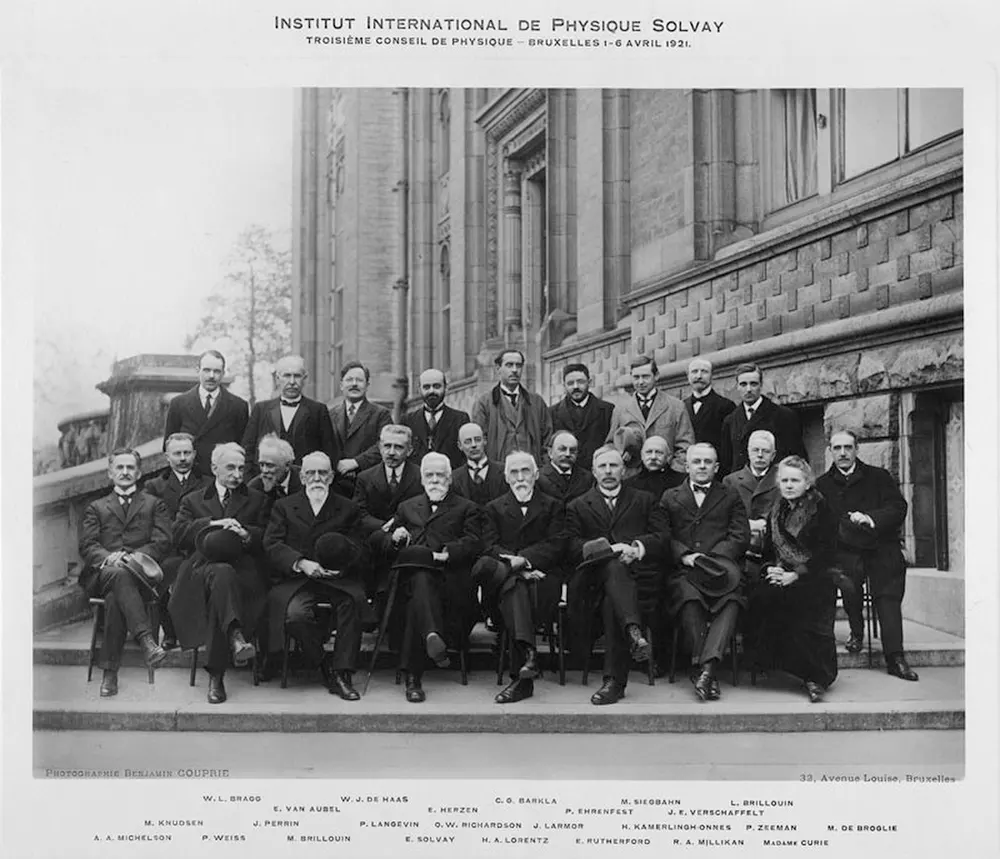The Birth of Quantum Physics
The Solvay Conferences stand among history's most significant scientific gatherings, bringing together the greatest minds in physics at pivotal moments of scientific revolution. Founded by Belgian chemist and industrialist Ernest Solvay in 1911, these invitation-only symposia played a crucial role in establishing quantum mechanics and shaping our modern understanding of physical reality.
Unlike typical academic conferences, the Solvay meetings were designed for deep discussion and debate around specific, cutting-edge problems in physics. Their unique format—small, focused gatherings of the world's brightest scientific minds—created an environment where revolutionary ideas could be rigorously examined and developed.
These conferences are perhaps most famous for the 1927 gathering where Albert Einstein and Niels Bohr engaged in their legendary debates over quantum mechanics and the nature of physical reality—discussions that continue to influence physics, philosophy, and our understanding of consciousness to this day.

The iconic 1927 Fifth Solvay Conference photograph, often called "the most intelligent picture ever taken" with 17 Nobel Prize winners present.
Key Facts About the Solvay Conferences
- First Conference (1911) – Focused on "Radiation and the Quanta" and marked the birth of quantum theory
- Most Famous Conference (1927) – The fifth conference centered on "Electrons and Photons" where quantum mechanics was fiercely debated
- Exclusive Format – Invitation-only events limited to 20-30 of the world's top physicists
- Nobel Concentration – The 1927 conference alone featured 17 past or future Nobel laureates among its 29 attendees
- Ongoing Tradition – The conferences continue to this day, maintaining their prestige and influence in the physics community







